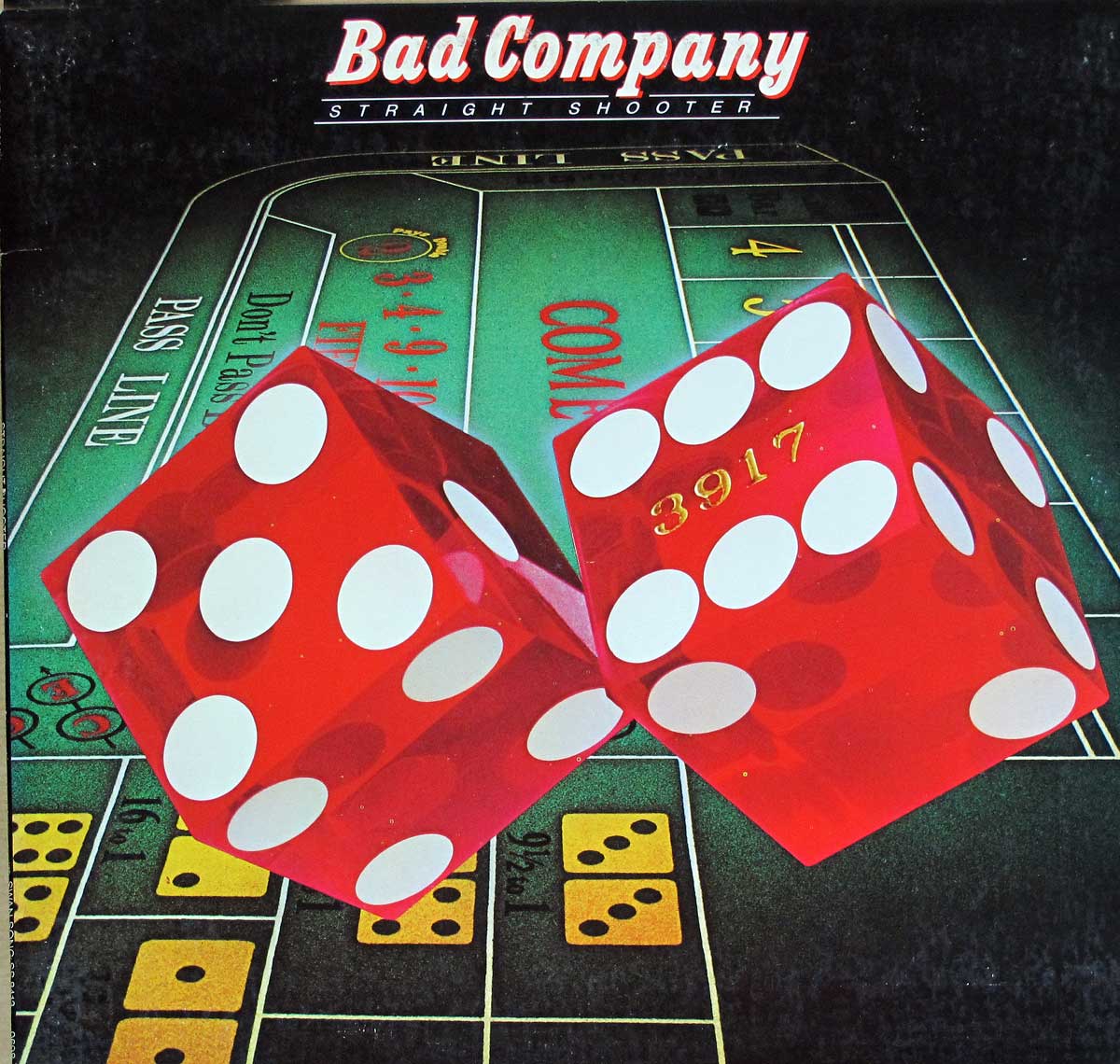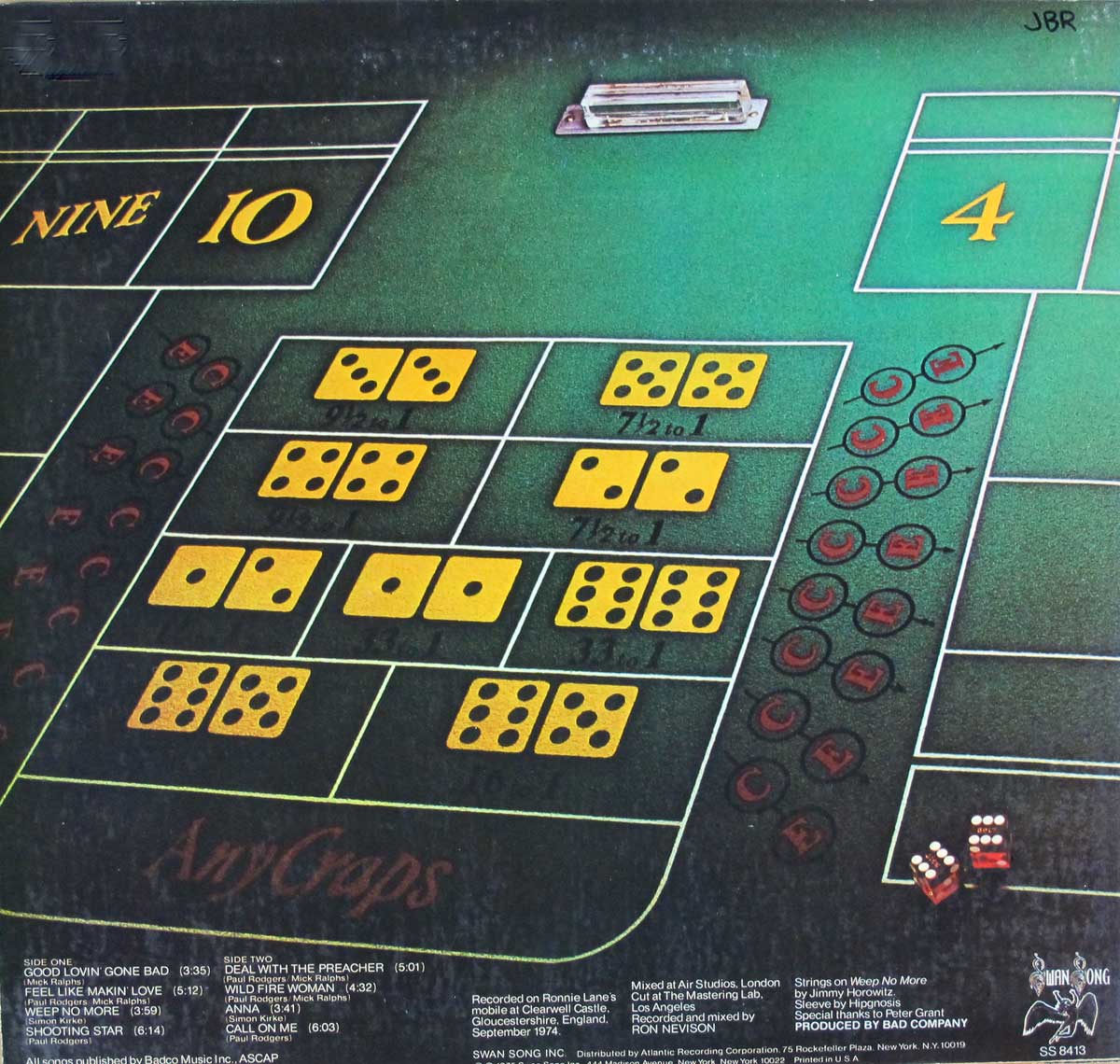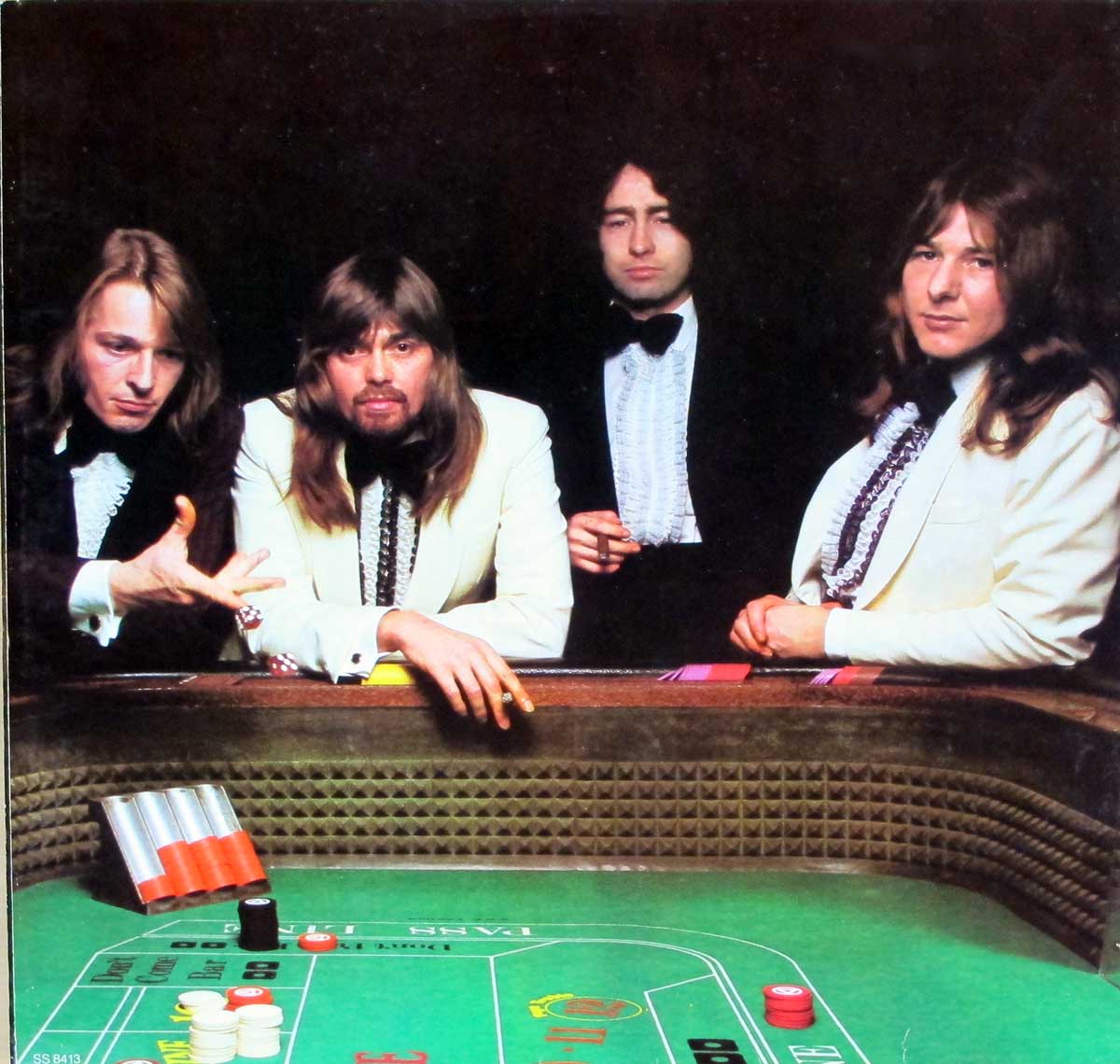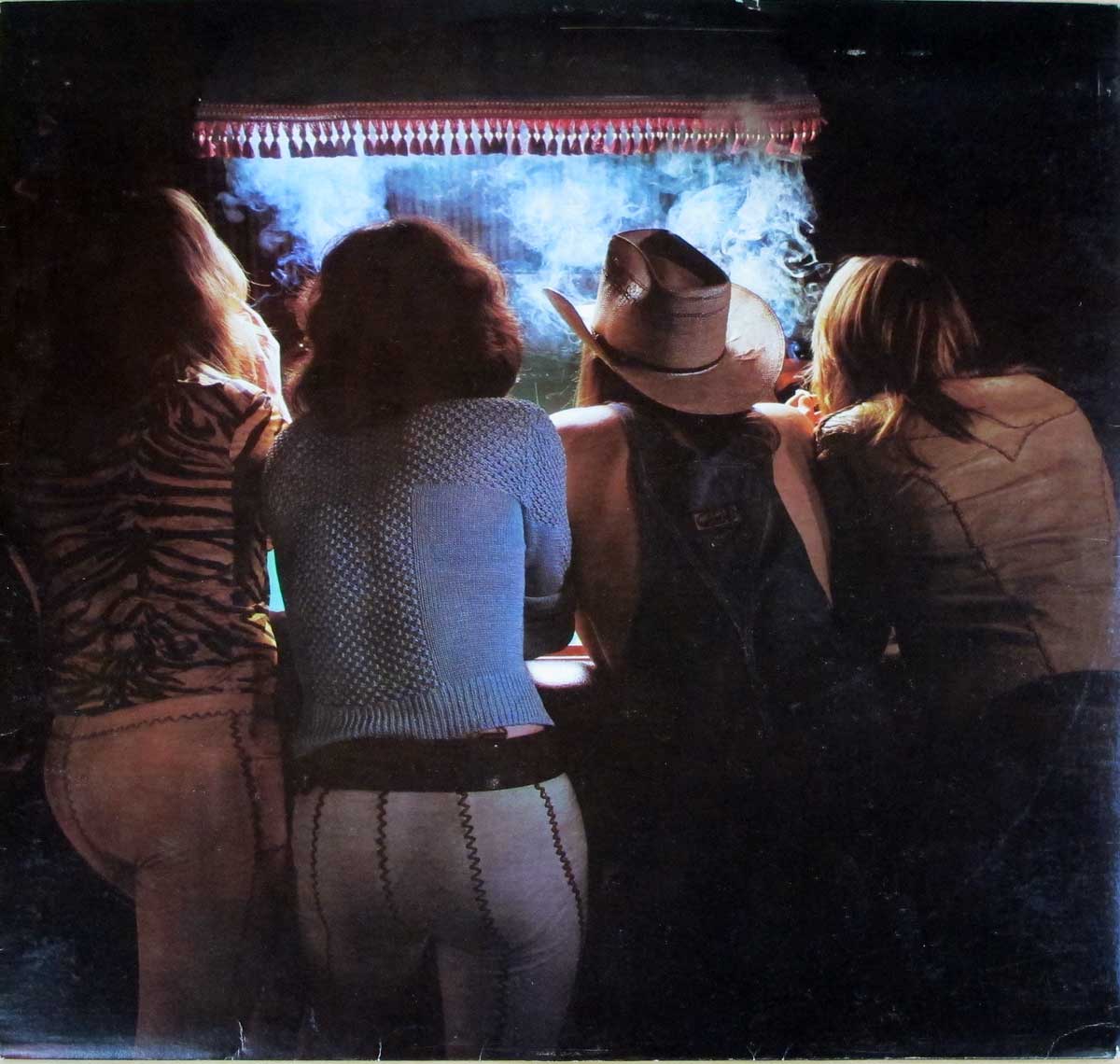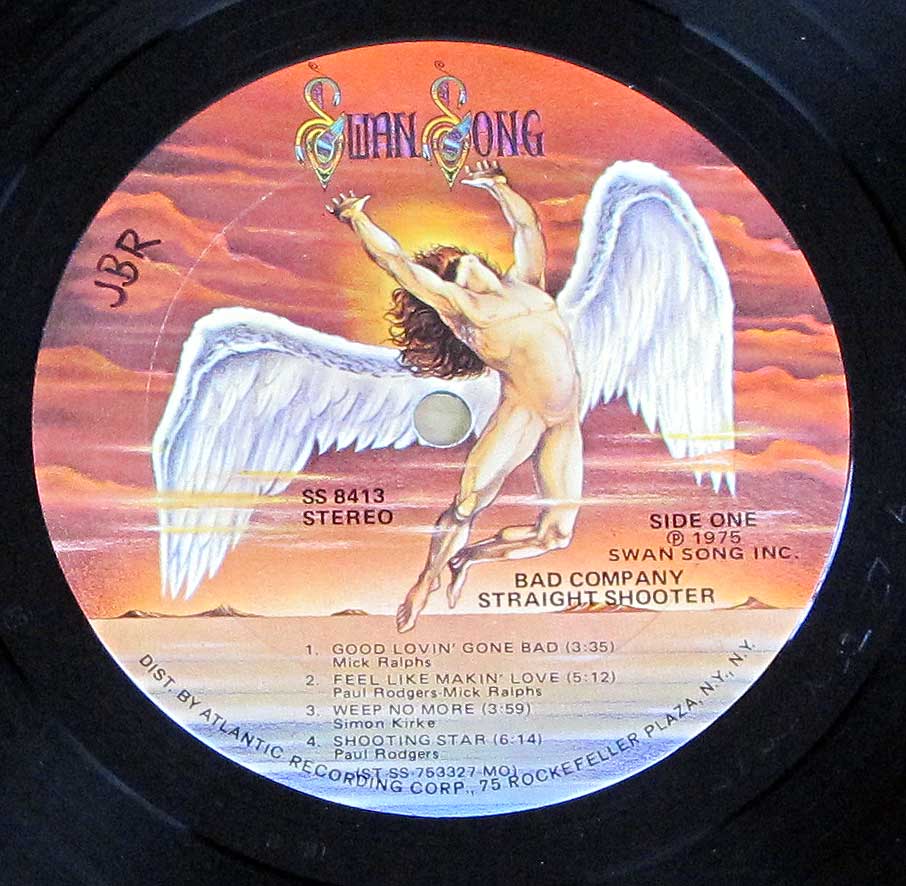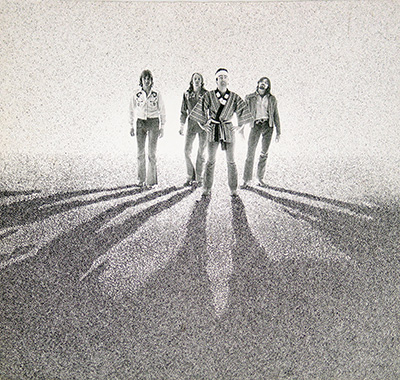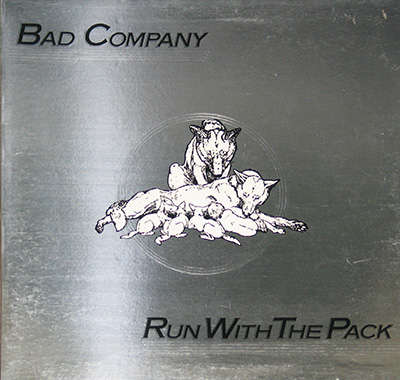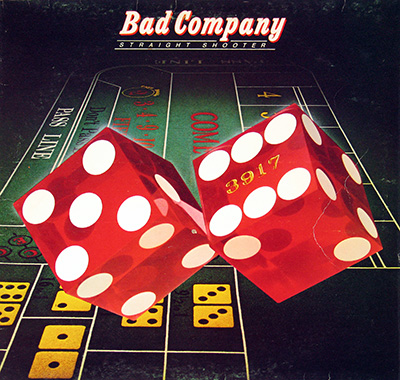Album Description:
On this web-page, we delve into the fascinating world of Bad Company's second studio album, "Straight Shooter", with a particular focus on its USA release. We'll also explore the background of this iconic album, recorded in the picturesque setting of Gloucestershire Castle, and introduce you to the talented musicians behind the magic.
The Making of "Straight Shooter":
In September of 1974, Bad Company embarked on a journey to create their sophomore album, "Straight Shooter". What makes this album even more intriguing is the location where it all came to life - Gloucestershire Castle. This historic castle, with its rich architectural heritage and tranquil surroundings, served as the backdrop for the band's creative process. Utilizing The Ronnie Lane Mobile Truck, Bad Company captured the essence of their music in this unique setting, which undoubtedly contributed to the album's distinctive atmosphere.
The Band-Members:
To truly appreciate the artistry behind "Straight Shooter", it's essential to acquaint ourselves with the talented musicians who crafted this masterpiece:
1. Paul Rodgers - Vocals, Piano, Guitar:
Paul Rodgers, known for his soulful and powerful vocals, played a pivotal role in Bad Company's signature sound. His ability to convey raw emotion through his singing, coupled with his skills on the piano and guitar, made him a standout performer in the world of rock music.
2. Mick Ralphs - Lead Guitar:
Mick Ralphs was the maestro behind the lead guitar, and his virtuoso playing style added layers of depth and energy to Bad Company's music. His memorable riffs and solos are a defining element of the band's sonic identity.
3. Boz Burrell - Bass Guitar:
Boz Burrell's mastery of the bass guitar provided the solid foundation upon which the band's songs were built. His grooves and impeccable timing ensured that Bad Company's music had a rhythm that was impossible to resist.
4. Simon Kirke - Drums
The Album Itself:
"Straight Shooter", released in the USA, is a treasure trove of Hard Rock and Blues-infused tracks. From the opening notes of "Good Lovin' Gone Bad" to the anthemic "Feel Like Makin' Love" and the bluesy "Shooting Star", the album showcases the band's versatility and songwriting prowess. Each track is a testament to Bad Company's ability to craft songs that resonate with fans across generations.
|
Music Genre: English Blues Rock, Prog Rock
|
|
Album Production Information:
The album: "BAD COMPANY - Straight Shooter (USA)" was produced by:
Bad Company
Sound/Recording Engineer(s):
Ron Nevison
Ron Nevison is a legendary American producer and sound engineer whose iconic work shaped the sound of '70s and '80s rock. Known for his collaborations with Led Zeppelin, Heart, Ozzy Osbourne, and more, he brought raw energy and polished perfection to countless albums. Learn more in the full biography.
This album was recorded at:
Clearwel Castle, Gloucestershire, England,, September 1974 on Ronnie Lane's Mobile
Mixed at Art Studios, London
Cut at The Mastering Lab, Los Angeles
Album cover design: Hipgnosis
Hipgnosis – British album cover art design groupHipgnosis is my favorite proof that a record sleeve can be a full-on mind game, not just a band photo with better lighting. Read more... Hipgnosis is the legendary London-based art design group that turned rock sleeves into visual myths. The core duo, Storm Thorgerson and Aubrey "Po" Powell, were childhood friends of the Pink Floyd inner circle in Cambridge—a connection that allowed them to bypass the stiff mandates of EMI’s in-house design department in 1968. Their debut, "A Saucerful of Secrets," was only the second time in EMI history (after The Beatles) that an outside firm was granted creative control. The very name "Hipgnosis" was a piece of found art; Syd Barrett, during one of his more enigmatic phases, scrawled the word in ballpoint pen on the door of the South Kensington flat he shared with the duo. Thorgerson loved the linguistic friction of it: the "Hip" for the new and groovy, and "Gnosis" for the ancient, hidden knowledge. While Peter Christopherson later joined as a third partner in 1974, that initial Barrett-endorsed moniker defined a decade of surrealist mastery for bands like Led Zeppelin, Genesis, and 10cc, before the group dissolved in 1983. |
|
Record Label & Catalognr:
Swan Song SS 8413
|
|
Media Format:
12" LP Vinyl Stereo Gramophone Record
Total Album (Cover+Record) weight: 230 gram
|
|
Year & Country:
1975 Made in USA
|
